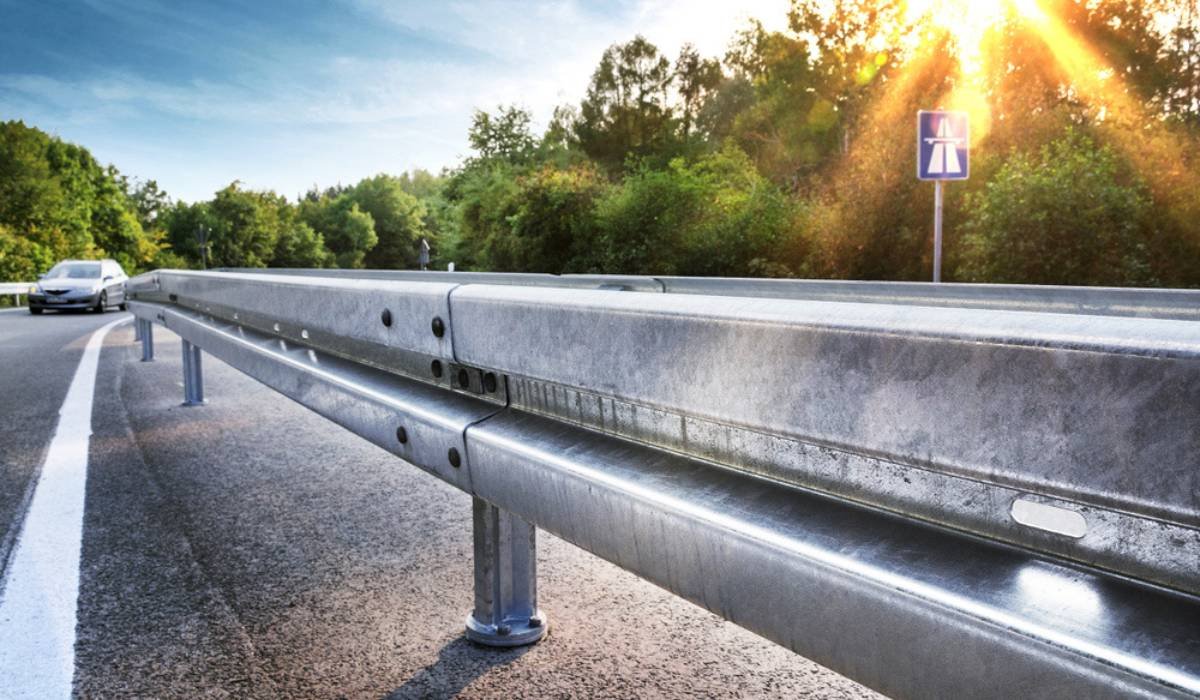The roads are built in such a way that they promise the safety of the users and assure and guarantee safe and convenient movement from one point to another. Driving is a serious activity that requires great responsibility.
The highways and roads, as well as the vehicle itself, play a crucial part in maintaining order when driving; therefore, the driver is not solely responsible for doing so. The basic rule of thumb is to drive at a fair pace to avoid accidents; however, despite this guidance, the accident rate continues to rise each year.
It is well known that collisions between vehicles may happen when a driver loses control of their own vehicle. Therefore, the highways and roads that need to be built must be designed with a highway crash barrier to guarantee the safety of people and property. Let’s now examine some of the advantages of utilising these crash barriers for improved traffic safety.
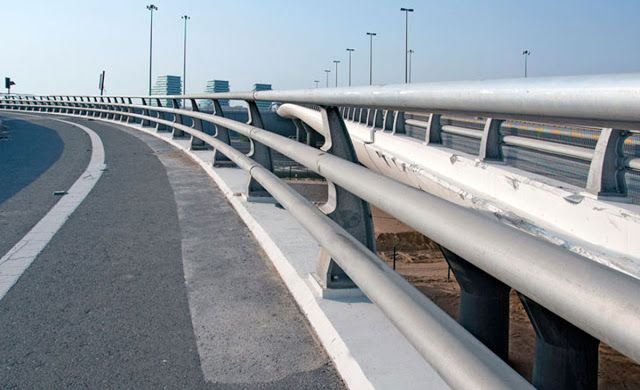
Source: Pinterest
Crash barriers: Types
According to the purpose they fulfil, the many crash barriers that are available are as follows:
Roadside barriers
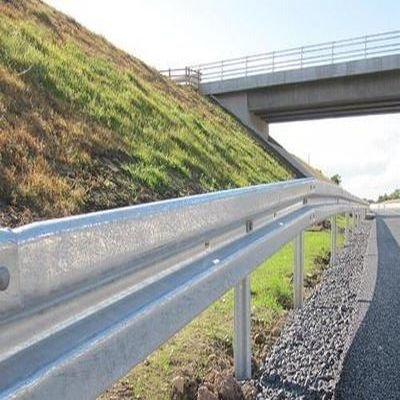
Source: Pinterest
They often divide two carriageways on the sides of the road or in the centre. These road safety barriers are perfect since they are simple to disassemble and reassemble, and roadways often experience traffic diversions and route modifications.
know about: tie bars
A work zone’s barriers
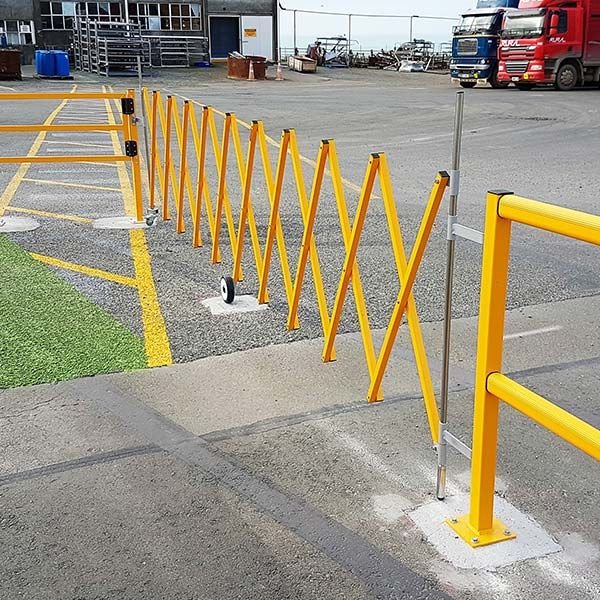
Source: Pinterest
When performing construction, repair, or maintenance work on a specific section of road, work zone barriers are perfect. Such barriers ensure efficient traffic flow by limiting the work area.
Rigid barriers
To separate highways, barriers made of hard metal or concrete are used. They can resist several hits thanks to their strength without needing to be repaired. However, because they are composed of concrete, they are not very flexible or mobile. Since they cannot be relocated, they are inappropriate for routes with frequent traffic diversions.
Barriers that are semi-rigid
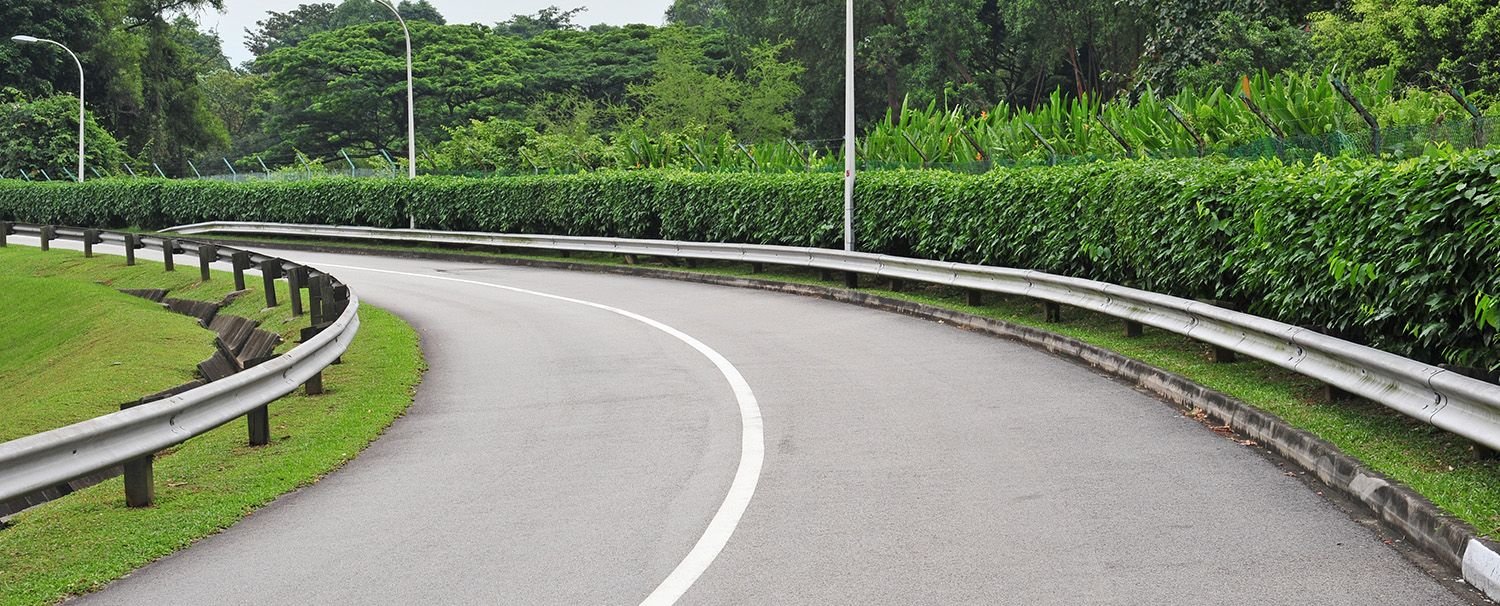
Source: Pinterest
Semi-rigid barriers are highway accident barriers consisting of semi-rigid steel beams rather than metal or concrete. In comparison to a hard barrier, a semi-rigid barrier is less stable.
Flexible barriers
These are often composed of plastic, together with orange cones, low-profile barriers, speed breakers, and other obstacles. They are simple to install and take down, depending on traffic requirements. It is significantly less expensive than concrete road barriers, making it the ideal option for road design.
Crash barriers: How do they improve traffic safety?
Accident avoidance
The majority of accidents on congested roads like motorways are caused by heavy trucks that travel on them at night or during the day. Some reckless drivers endanger their lives on the roads by operating their vehicles recklessly. They not only ruin their life but also take the lives of many others. The crash barrier shields vehicles from sustaining more damage following a collision.
Keeping the roads safe
The government periodically provides lump-sum sums for renovation and repair projects in cities with busy roadways. Accidents destroy lives and compromise the longevity of the roadways. Some sections of the road are lost as a result of every collision. The metal crash barrier prevents vehicles from continuing down the lane and further damage the road even after an accident.
Building’s safety
Due to numerous collisions, cars can cause damage to buildings and even monuments at the side of the road. Crash barriers provide a shield between vehicles and buildings, reducing the risk of damage to the environment and property.
As you already know from the reasons above, crash barriers are without a doubt an essential component of increasing the safety of roads in any nation. The government has constructed road accident barriers alongside the road as a precaution to safeguard the structures.
Crash barriers: How should they be chosen?
Choosing the best crash barriers requires careful consideration of several factors, including the intended application, the level of protection needed, and the materials and design of the barrier. Here are some key factors to consider when choosing the best crash barriers:
Impact resistance: The primary function of a crash barrier is to absorb and redirect the impact of a vehicle in the event of a collision. Therefore, the barrier must be designed to withstand the impact and prevent the vehicle from penetrating the barrier.
Durability: The crash barrier should be able to withstand long-term exposure to harsh environmental conditions, such as extreme temperatures, moisture, and UV radiation.
Maintenance requirements: The barrier should be easy to maintain and repair if damaged, and replacement parts should be readily available.
Cost: The cost of the barrier and its installation should be taken into consideration, but cost should not be the only determining factor.
Compliance with regulations: The barrier should comply with relevant safety regulations and standards to ensure that it provides the necessary level of protection.
Compatibility with the surrounding environment: The barrier should be aesthetically pleasing and compatible with the surrounding environment to avoid creating an eyesore or reducing the value of the property.
FAQs
What are crash barriers?
Crash barriers, also known as guardrails, are safety devices installed along the sides of roads and highways to prevent vehicles from leaving the road and colliding with obstacles such as trees, rocks, or buildings.
What are crash barriers made of?
Crash barriers can be made of a variety of materials, including steel, concrete, and composite materials. The most common type of crash barrier is made of steel, typically in the form of a W-beam or a thrie-beam.
Why are crash barriers important?
Crash barriers are an essential component of road safety systems as they help to prevent accidents, reduce the severity of crashes, and save lives.
How are crash barriers tested?
Crash barriers are tested to ensure that they can withstand the impact of a vehicle and provide the necessary level of protection. Testing is conducted in a controlled environment using a crash test dummy vehicle, and the performance of the barrier is measured to ensure that it meets the required safety standards.
Got any questions or point of view on our article? We would love to hear from you. Write to our Editor-in-Chief Jhumur Ghosh at jhumur.ghosh1@housing.com
Housing News Desk is the news desk of leading online real estate portal, Housing.com. Housing News Desk focuses on a variety of topics such as real estate laws, taxes, current news, property trends, home loans, rentals, décor, green homes, home improvement, etc. The main objective of the news desk, is to cover the real estate sector from the perspective of providing information that is useful to the end-user.
Facebook: https://www.facebook.com/housing.com/
Twitter: https://twitter.com/Housing
Email: editor@housing.com
